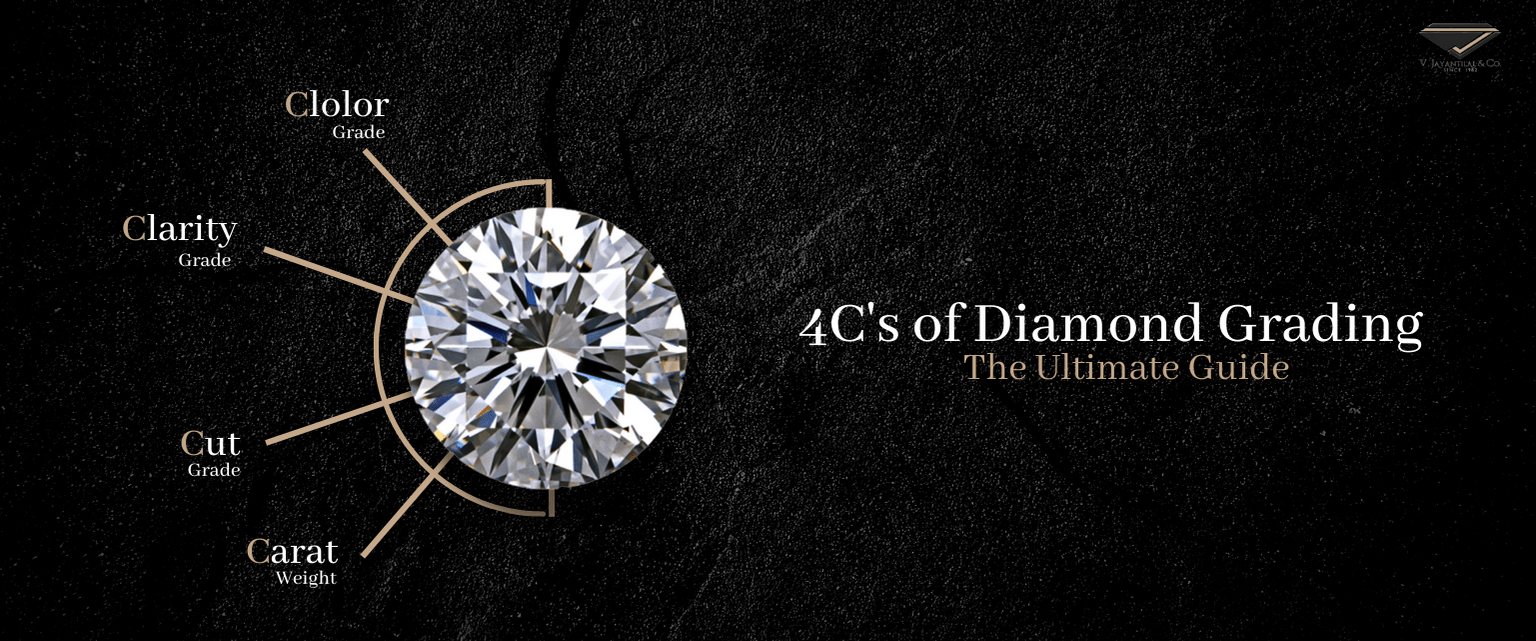
Introduction
When it comes to buying diamonds, understanding the 4Cs is essential. These four characteristics—clarity, color, cut, and carat weight—determine a diamond’s quality and value. Let’s delve into each of these aspects to empower you with the knowledge needed to make an informed purchase decision.
Clarity
Diamond clarity refers to the presence of internal inclusions and external blemishes. The clearer the diamond, the higher its value and visual appeal. Clarity is graded on a scale ranging from Flawless (no inclusions or blemishes visible under 10x magnification) to Included (inclusions visible to the naked eye). Understanding clarity helps you appreciate a diamond’s uniqueness and beauty.
Inclusions can take various forms, such as crystals, feathers, or clouds, formed during the diamond’s natural creation process. Blemishes, on the other hand, man made diamonds, are surface imperfections like scratches or chips. These characteristics are like a diamond’s fingerprint, each one unique and affecting its appearance and value.
Color
Diamond color refers to the presence or absence of color in a diamond. The less color a diamond exhibits, the higher its value. The Gemological Institute of America (GIA) grades diamond color on a scale from D (colorless) to Z (light yellow or brown).
Colorless diamonds allow light to pass through effortlessly, resulting in maximum brilliance and sparkle. However, some diamonds display natural colors, known as fancy colors, ranging from blue and pink to yellow and even black. Treatments can also alter a diamond’s color, but naturally colored diamonds hold a special allure for many collectors.
Cut
Diamond cut is often considered the most crucial of the 4Cs because it directly impacts a diamond’s brilliance and sparkle. It involves the precision of shaping the diamond’s facets to maximize light reflection and refraction. The better the cut, the more radiant and lively the diamond appears.
A well-cut diamond reflects light internally, creating that mesmerizing sparkle we all admire. Elements of a diamond’s cut include proportions (the relationship between the diamond’s angles and measurements), symmetry (alignment of facets), and polish (smoothness of facet surfaces). Popular diamond cuts include the classic round brilliant, princess, and cushion cuts, each offering its unique charm and brilliance.
Carat Weight
Carat weight refers to a diamond’s size and weight. One carat equals 200 milligrams, and the larger the diamond, the rarer and more valuable it becomes. However, carat weight is just one aspect to consider when evaluating a diamond’s worth.
While a larger diamond may initially catch the eye, it’s essential to balance carat weight with other factors like cut, color, and clarity. A smaller diamond with excellent cut quality and clarity can outshine a larger one with inferior characteristics. Understanding carat weight helps you prioritize what matters most in your diamond selection process.
Choosing the Perfect Diamond
Selecting the perfect diamond involves balancing the diamond 4cs according to your preferences, budget, and intended use. Some may prioritize clarity for a flawless appearance, while others may favor size or color. It’s essential to assess each diamond holistically and consider how its characteristics align with your desires.
Ultimately, the perfect diamond is one that captivates you with its beauty and fits within your budget constraints. Whether you’re shopping for an engagement ring, anniversary gift, or personal indulgence, understanding the 4Cs empowers you to make a confident and informed decision.
Tips for Buying Diamonds
When embarking on your diamond buying journey, consider these essential tips:
- Research Reputable Jewelers: Choose a jeweler with a solid reputation for quality and ethical practices. Read reviews, ask for recommendations, and visit stores in person to assess their inventory and expertise.
- Ask Questions: Don’t hesitate to inquire about a diamond’s characteristics, including its 4Cs grading, certifications, and origin. A knowledgeable jeweler will be happy to provide detailed information to help you make an informed choice.
- Examine Certifications: Look for diamonds certified by reputable gemological laboratories like the GIA or AGS. These certifications provide assurance regarding a diamond’s quality and authenticity, giving you peace of mind in your purchase.
The Evolution of the 4Cs
The concept of the 4Cs was pioneered by the GIA in the 1950s as a standardized method for evaluating diamond quality. Over the years, advancements in gemological science and technology have refined the grading process, leading to greater accuracy and consistency in diamond assessment.
Today, the 4Cs continue to serve as the cornerstone of diamond evaluation, guiding consumers and industry professionals alike in understanding and appreciating the intricacies of these exquisite gemstones. As diamond grading methodologies evolve, so too does our appreciation for the beauty and rarity of these natural wonders.
Conclusion
Understanding the 4Cs—clarity, color, cut, and carat weight—is paramount when purchasing diamonds. Each of these characteristics plays a vital role in determining a diamond’s quality, value, and visual appeal. By educating yourself on the 4Cs and considering your preferences and budget, you can confidently select the perfect diamond that captures your heart and dazzles for a lifetime.
